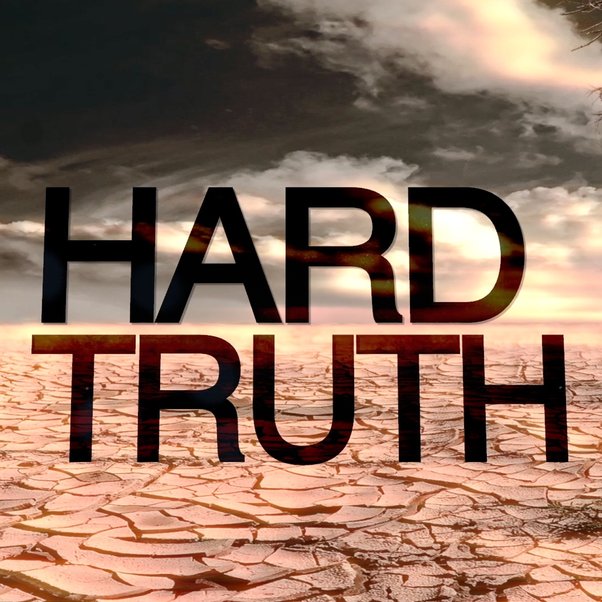
Gamification — or the use of game, loyalty and economic concepts to engage consumers and employees — has its fair share of detractors. Many of their criticisms dismiss gamification as a fad, criticize its use of game concepts, suggest its methods are shallow or believe its sole use is for marketing “evil.” More often than not critics trot out examples of gamification that “failed” without any facts beyond their own personal opinion of the design. Our industry embraces these dissenting voices more than most — we regularly invite skeptics to headline at GSummit, our industry’s main conference. However we believe good criticism should be grounded in facts and a shared desire to make the world a better place.
Since the beginning of the gamification industry in 2010, over 350 companies have launched major gamification projects. These include consumer brands like MLB, Adobe, NBC, Walgreens, Ford, Southwest, eBay, Panera and Threadless among others. For B2B companies Oracle, SAP, Jive, Cisco, Pearson and Salesforce, gamification has emerged as a key element in their consumerization of the enterprise strategy. And in 2012-2013 alone, consulting behemoths Deloitte, Accenture, NTTData and Capgemini began practices targeting gamification of Fortune 500 companies.
Gamification is not a project…it’s a program that gets invested in for the long-term. Those that understand that see the most impactful and meaningful results.”
The path ahead is challenging – but the future is bright. Every day, a handful of Fortune 500 companies and dozens of startups announce new gamification projects, adding to the momentum of the industry. Each year, hundreds of people choose to earn their certification in gamification, ramping up to 5,000 new jobs in the engagement industries that will be created by 2015. In the meantime, an amazing community has sprung up — particularly around GSummit — where folks of all backgrounds and experience levels share insights on what works and what doesn’t.